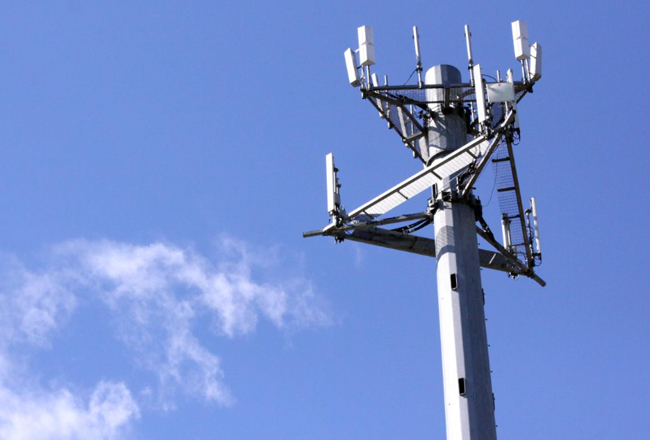A shift is underway in capital investment in fiber to the premises (FTTP) advanced telecommunications infrastructure. In the United States, FTTP investment has lagged for decades due to the capital investment limitations of investor owned telephone companies. They are constrained by overleveraged balance sheets and investor expectations of traditionally high shareholder dividends that necessitate rapid returns on any capital investment. Those limitations became apparent in the late 2000s when Verizon faced a shareholder revolt, forcing it to scale back plans to modernize its legacy copper outside plant to FTTP. It later moved into fixed wireless that offered lower capital costs. Infrastructure investment is a long term proposition that requires patient capital not found in these companies.
Now AT&T is attempting a workaround to access more patient capital with its Gigapower joint venture with investment firm BlackRock to invest in open access FTTP delivery infrastructure outside of its service area. That patient capital includes state and local pension funds, sovereign wealth funds, and family endowments, Adam Walz, told a panel presentation this week by Broadband Breakfast. Walz is managing director of BlackRock’s Global Infrastructure Fund focused on investments in digital infrastructure opportunities across fiber networks, data centers, and wireless infrastructure.
Notably, other builders of open access FTTP also rely on patient capital including UTOPIA Fiber, owned and financially backed by a 20 Utah municipalities and privately owned SiFi Networks, funded by European pension fund APG. However, Gigapower CEO and retired AT&T executive Bill Hogg, said these players have “nowhere near the scale we will have,” claiming Gigapower will be “much larger than any other provider in the space. The scale at which we are going to operate will be a differentiator in the U.S. marketplace.”
But patient capital doesn’t mean it isn’t concerned about maximizing returns. All these players are targeting more densely developed areas most likely to produce strong ROI and ARPU, capitalizing on the strong demand for FTTP delivered services. Had U.S. telecom policymakers made more erudite decisions decades ago, fiber would have reached nearly all American doorsteps by 2010 at the latest instead of the estimated 40 percent currently. That gives Gigapower lots of runway as well as first mover advantage: first with fiber owns the location for the long term. “We’ve found plenty of attractive locations to build fiber where there’s no fiber today,” Hogg said, pointing to Las Vegas (Google Fiber is looking at that metro as it enters Nevada) and locales in Florida and Arizona.
The concentration on densely developed areas will require patient capital investment by governments and consumer utility cooperatives to serve less developed areas, particularly those at the exurban edges of metro areas that have seen in migration by knowledge workers as knowledge work decentralizes out of urban cores.

